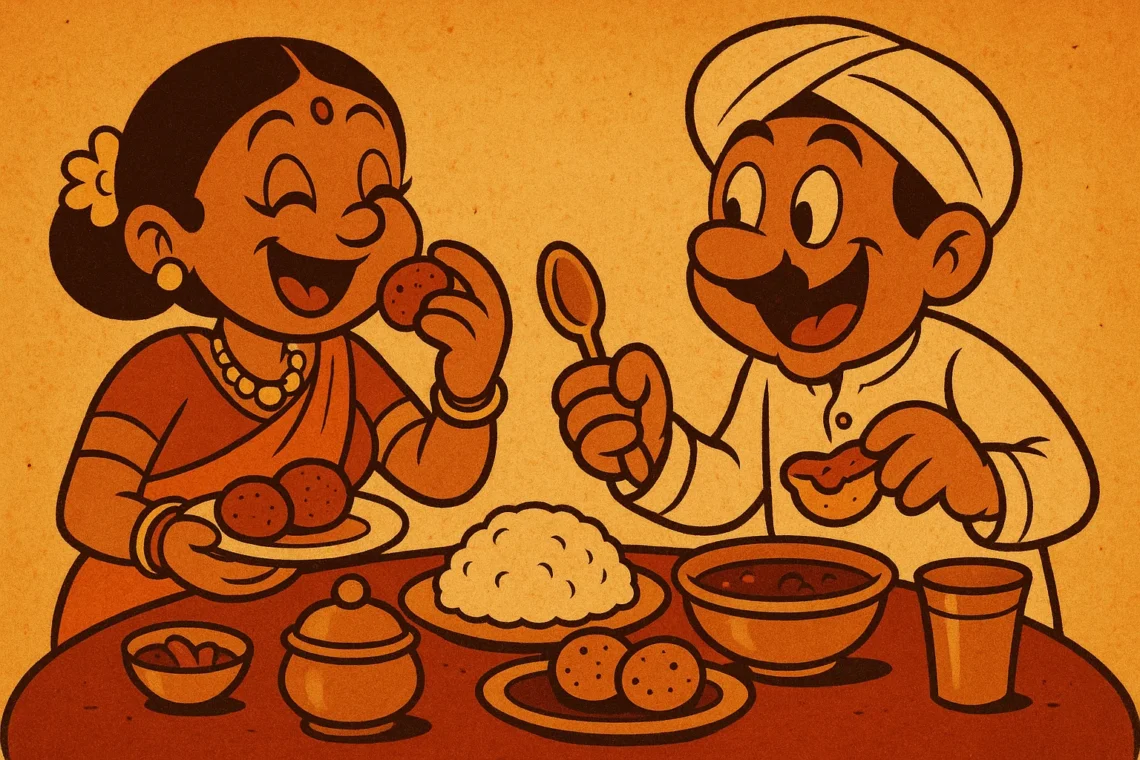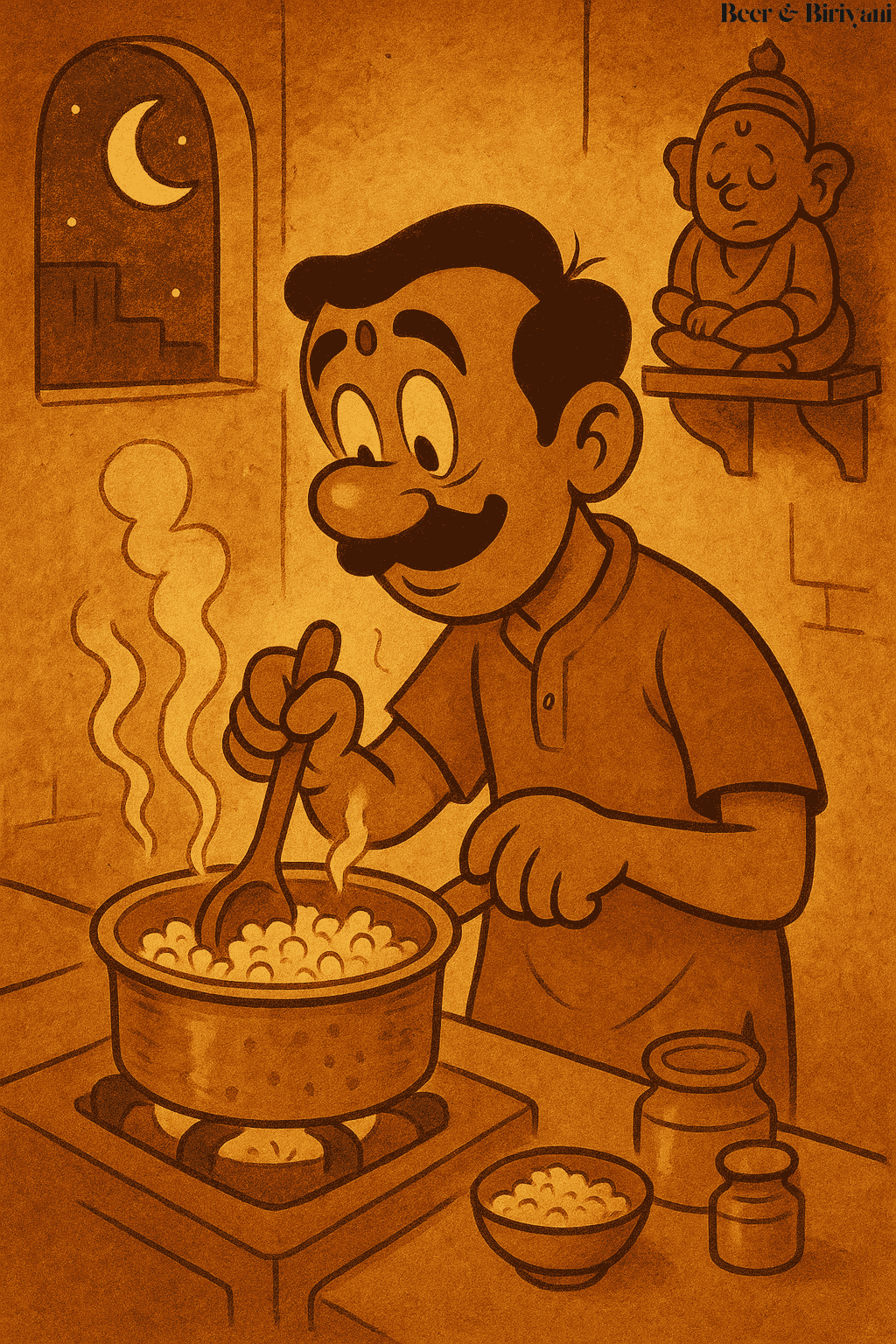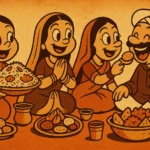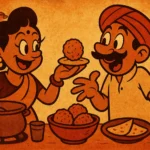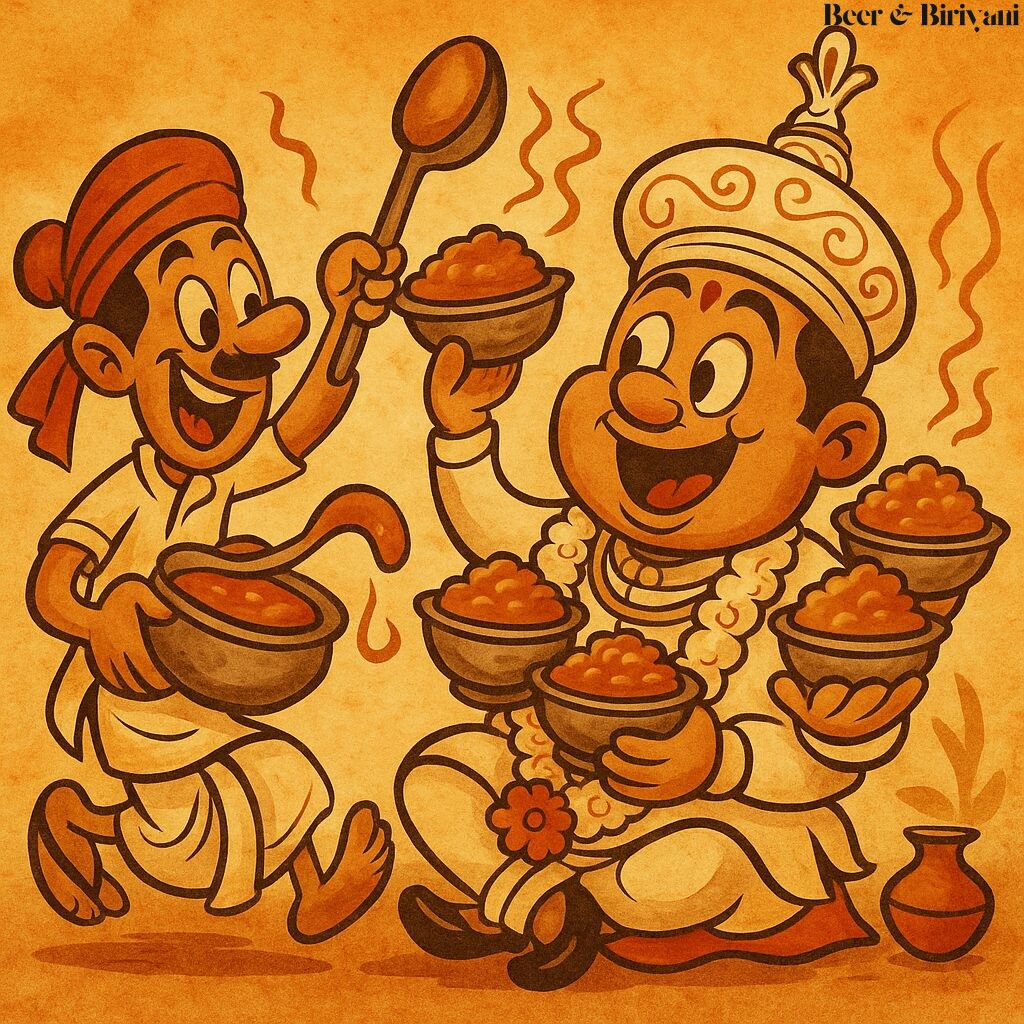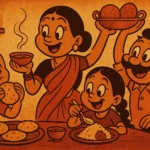Technically, we were fasting. Spiritually, perhaps. But culinarily? We were feasting. Because somewhere along the way, Indian families mastered the art of turning austerity into indulgence. What started as a religious exercise in restraint ended up being a menu of deep-fried, ghee-drizzled, mildly spiced delicacies that made you forget you were even supposed to be sacrificing anything. Fasting food? It felt like cheating. Delicious, crunchy, satisfying cheating.
Navratri was the annual peak of this phenomenon. My mother would announce, “We’re all fasting this week,” and before I could groan in protest, the kitchen would be filled with the smells of frying sabudana vadas, simmering dahi-aloo, and bowls of chilled kheer. If this was devotion, I thought, I’m fully on board. Just point me to the nearest vrat-approved plate.
The Cheat Code Pantry
The first rule of fasting food? No grains. Which, in practice, meant yes to sabudana, yes to rajgira, yes to samak rice, yes to potatoes in every conceivable form. No wheat, but unlimited starch innovation. Vrat aloo tikki. Vrat dosa. Vrat ka pizza (don’t ask). We found loopholes with the creativity of a tax lawyer. Our ancestors said “no grains,” and we replied, “Cool, we’ll just dehydrate tapioca pearls, invent a starch noodle, and call it spiritual.”
Even salt had its cousin: sendha namak. The fasting salt. The one that felt lighter somehow, like it came with karmic clearance. And because we couldn’t use regular spices, we leaned into pepper, jeera, ginger—and made them sing. Vrat chutney, vrat thali, vrat dessert. Entire cookbooks were written around foods you’re technically not supposed to enjoy but absolutely do.
Sabudana: The King of Faux-Fasting
No other ingredient embodies this duality like sabudana. Supposedly humble, but when soaked just right, paired with crushed peanuts, green chilies, and fried in ghee—it becomes something sacred and sinful at once. Sabudana khichdi was never just a dish. It was a declaration: I am fasting, but I am also not suffering. And if it’s a Tuesday fast, please add an extra spoon of ghee.
The vada version? Crunchy on the outside, gooey on the inside, served with cool curd and spicy chutney. You eat two. Maybe three. You forget you’re observing anything remotely religious. And if anyone asks, you mumble something about “cleansing” while reaching for another one.
Sweet Deals in the Name of Devotion
Let’s talk kheer. Made from samak or sabudana, cooked slowly in full-fat milk, flavored with cardamom and saffron, and generously topped with cashews. This is not light food. This is festival food in disguise. You’re told it’s for energy. For satvik purity. But it feels like dessert. Like a very well-earned loophole.
And then there’s the vrat ke laddoo—made from rajgira flour, jaggery, and ghee. Dense, sweet, rich. You eat one and feel holy. You eat two and feel guilty. You eat three and decide maybe next time you’ll just do a fruit-only fast. But you never do. Because somewhere deep down, we all know: we’re here for the laddoos, not the lecture.
Fasting, But Make It Festive
The beauty of Indian fasting food is that it never feels apologetic. It doesn’t try to hide its flavor. It’s not bland or boring. It doesn’t pretend to be health food. It just is what it is—delicious, intentional, and full of cultural contradictions. It tells you that food can be both sacred and satisfying. That you can fast and still look forward to lunch.
When I moved away from home, I once tried to “fast properly.” Just fruits and water. By 3 p.m., I was lightheaded and cranky. I called my mother and told her. She replied, “Why didn’t you make sabudana khichdi?” And just like that, I was back in the kitchen, soaking those tiny pearls, smiling at the very idea of spiritual shortcuts.
The Joy of Selective Sacrifice
In India, even our restraint comes with a side of joy. Our fasts are never about denial—they’re about discipline wrapped in comfort. It’s the art of saying no to one thing so you can say a very enthusiastic yes to something else. It’s the perfect example of how we treat food: not just as sustenance, but as a celebration, no matter the reason.
So yes, we’re fasting. But we’re doing it our way. With spice. With ghee. With sabudana that’s perfectly non-sticky. And with enough sneaky indulgence to make the gods raise an eyebrow—and maybe ask for a second helping.
Born in Mumbai, now stir-frying feelings in Texas. Writes about food, memory, and the messy magic in between — mostly to stay hungry, sometimes just to stay sane.

